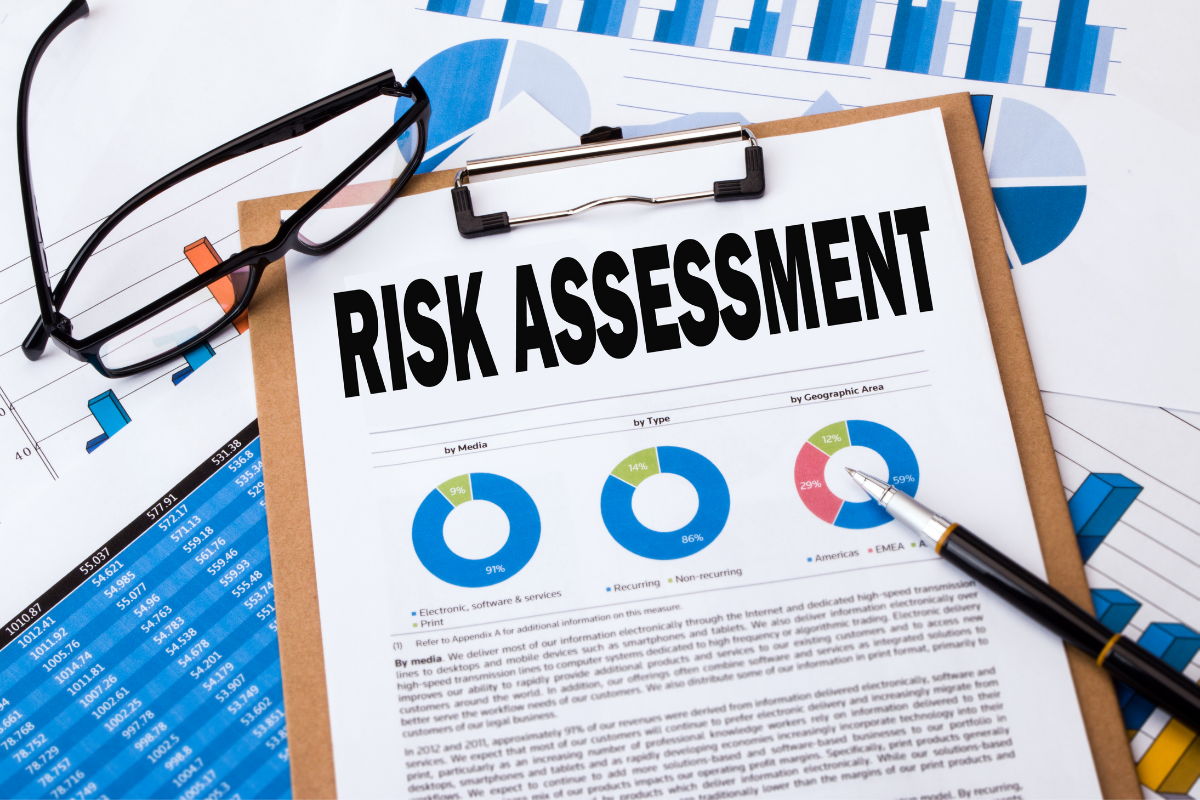Assessing and evaluating risk is an integral part of a strong cybersecurity program for your business. And much like the “77 Cybersecurity Tips to Implement” article recently featured on our blog, we wanted to offer some quick risk assessment tips and statistics.
Risk Assessment Tips
- Personally identifiable information (PII) is often the most targeted data, as it can be sold on the dark web. PII includes information like name, date of birth, Social Security or other government-issued numbers (driver’s license, passport, etc), and even IP addresses.
- Prioritize high risk data assets: specifically ones which, if lost, would lead to substantial financial impact. Store these in moderate or low-risk locations, like a private cloud.
- Once you’ve identified your data priorities, set your risk tolerance. That means assigning the following actions to risks: accept, transfer, mitigate, or refuse the risk.
- Monitor your IT environment regularly, to assess for weaknesses and update your cybersecurity program to combat the latest threats.
- You can improve the quality of your risk information through interviews and workshops before evaluating your risks.
- There may be multiple causal factors for a single risk, and multiple impacts.
- Beware of risk evaluation bias.
- Risks that may crop up in the later stages of a project should be considered higher risk than those in earlier stages. Why? There is less response time, greater uncertainty, and greater impact when a project has been in motion for a long-term period.
- It’s a best practice to involve associated stakeholders in your risk assessment and evaluation.
Risk Assessment Quotes and Insights
- According to a Gartner article on top security and risk trends for 2021: “In the past year, the typical enterprise has been turned inside out,” says Peter Firstbrook, VP Analyst, Gartner. “As the new normal takes shape, all organizations will need an always-connected defensive posture, and clarity on what business risks remote users elevate to remain secure.”
- The future of risk assessment should be focused outside the traditional infrastructure. Remote work trends offer a lot of chances for a network to be negatively affected due to the many variables that are less controlled by your company and IT department.
Risk Assessment Statistics
- According to HyperProof, 54% of respondents anticipate spending more money in 2021 on IT risk management and compliance.
- 86% of U.S. respondents to the HyperProof survey (1,029 cybersecurity, security assurance/compliance, and IT decision-makers within the technology industry) are preparing for the potential passage of a federal data privacy and security law in the U.S. in the next few years and have factored this into their 2021 IT compliance budget.
CyberFort Advisors
A cybersecurity risk assessment will help you:
- identify all current risks faced by your business
- assess how vulnerable you are to each one
- determine what steps must be taken immediately
- prioritize which ones will require more time-intensive planning (such as updating software)
- evaluate which ones should no longer remain on your radar due to the low likelihood of occurrence.
Don’t wait for cybercriminals to show you what your risk factors are. Contact CyberFort Advisors today at 1 (866) 221-4004 or email info@cyberfortadvisors.com to learn more.

